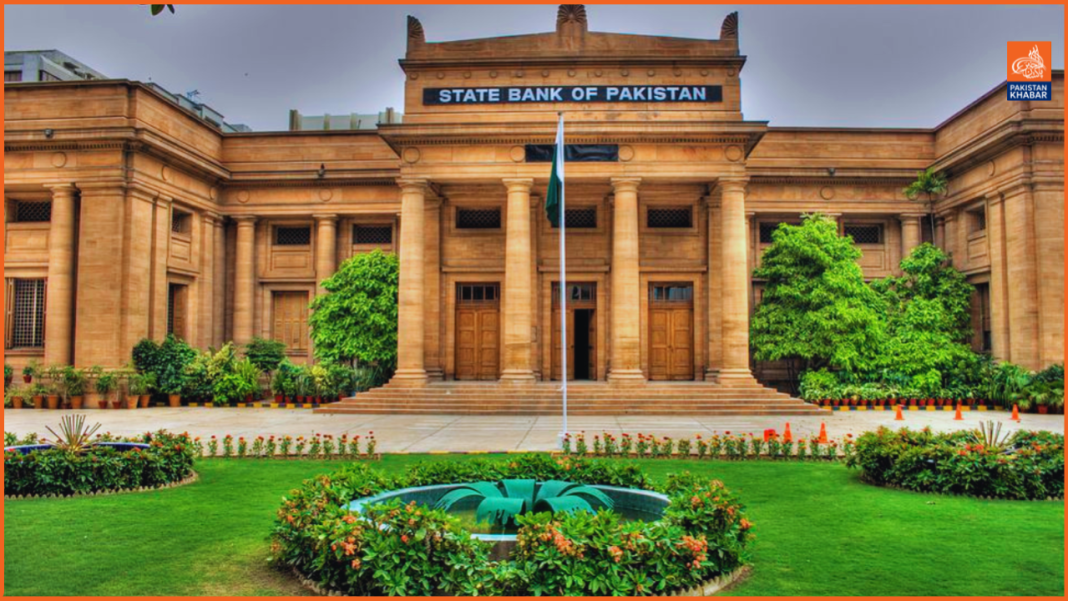Economists widely expect the State Bank of Pakistan (SBP) to implement a 200 basis point cut in its policy rate at the upcoming meeting in November, marking the fourth consecutive reduction since June. This anticipated decrease is credited to several factors, including declining inflation, a low current account deficit, and increased remittances.
The previous three cuts have cumulatively reduced the benchmark interest rate by 450 basis points, lowering it from a peak of 22% to 17.5%. However, despite this significant adjustment, the economy has yet to display robust signs of recovery. Current growth projections remain lackluster, with estimates not surpassing 3.2%. Additionally, the large-scale manufacturing (LSM) sector has faced negative growth during the first two months of FY25.
Experts emphasize that the notable drop in inflation is a primary factor behind the falling interest rates. However, many argue that deeper cuts are necessary to invigorate trade and industrial activity. Representatives from various sectors have advocated for lowering the interest rate to around 10%, which would be marginally above the current inflation rate.
Tahir Abbas, head of research at Arif Habib Ltd, pointed out that inflation fell to 6.9% in September 2024, the lowest level in 44 months, and is projected to ease further to 6.3% in October. He predicts a reduction to 15.5%, a rate last seen in November 2022.
Faisal Mamsa, CEO of Tresmark, noted that while traders anticipate a 200 basis point cut, some are hoping for a more substantial reduction. Nonetheless, he cautioned that a more aggressive cut could destabilize the rupee and negatively impact capital inflows, especially since other emerging markets are offering higher rates.
A report by Topline Securities also supports a 200 basis point cut, forecasting a total reduction of 650 basis points over the last few months. They predict that the policy rate could decline to between 13% and 14% by June 2025, a level that could attract domestic investors and assist industries grappling with high electricity costs that have rendered business operations challenging.




